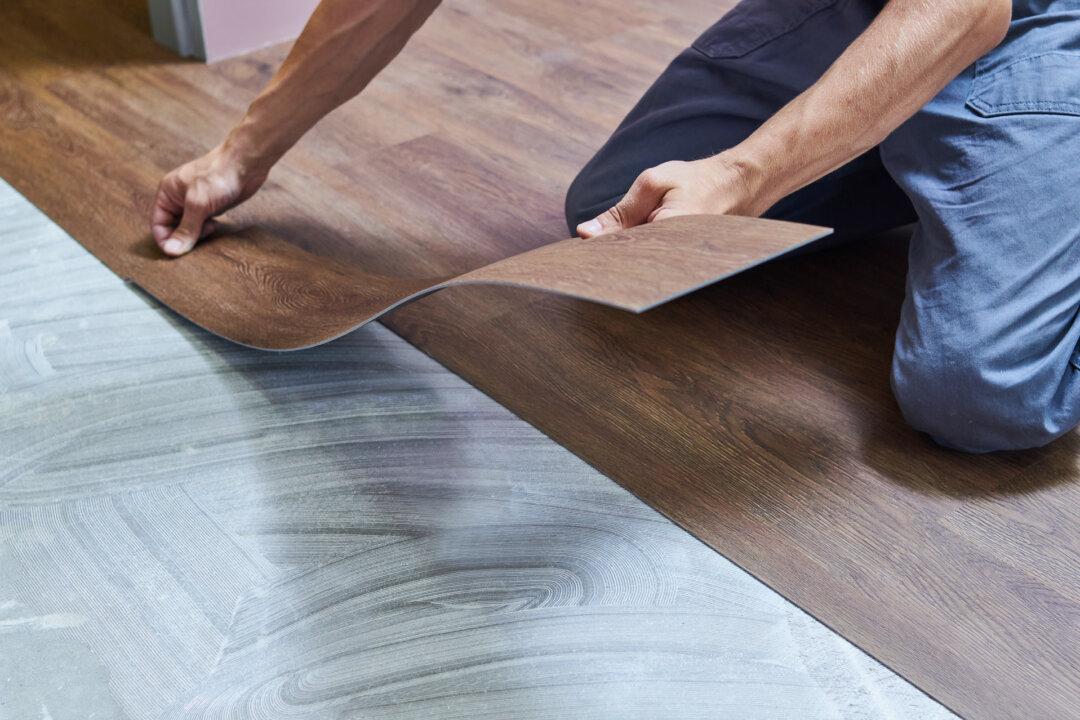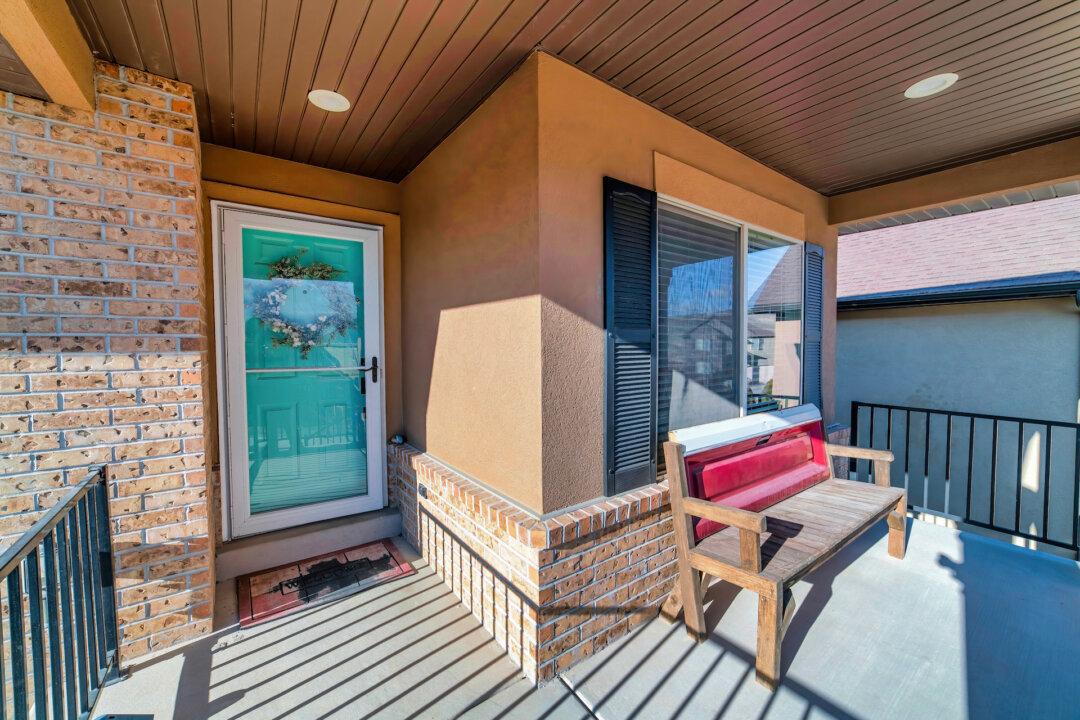Obviously, having to purchase fewer new cabinets will allow you to spend more on other items.
You will probably find the biggest problem is not just matching the tint of the stain and the grain of the wood, but also the gloss of the finish. Once the stain and wood are matched, it’s often best to put a clear topcoat on all the cabinet doors. Brush or roll on a very thin urethane coat.
The first step to matching a new cabinet door is finding the same shape, edge, or decorative detail. Styles of kitchen cabinets change almost as often as clothing styles, so if the cabinets are quite old, you may have a difficult time matching the style.
A custom millwork shop can duplicate the style of your old doors, but it’s an expensive process. If you feel it’s important to get an exact match, you might find it is less expensive to replace all the doors on that cabinet instead of having a custom one made.
You must also determine the type of wood used for the cabinet doors. The type of wood impacts the appearance of the grain, how well it accepts stain, its final color, and the surface finish. A custom cabinet maker should be able to identify the wood type for you.
It will help to know the approximate manufacture date of the cabinets because certain woods were popular at various time periods. This date may also help you to find an identical or, at least, an acceptably similar style.
When you order the new cabinet door, also order some extra pieces of raw wood. These will be used to test samples of stain. Since various woods accept stain differently, which sometimes applies to pieces of the same species, make sure to test it on several pieces before attempting to stain the door.
Take the old cabinet door to a major paint store where the salespeople really know paint and stains. Sand the sample pieces of wood with fine-grit sandpaper to create a surface somewhat similar to the new cabinet door and take them along. Some paint stores will allow you to dab some stains on the test sample pieces to get an approximate match.
Once you have this match, purchase that stain and one lighter and one darker in the same color range. Select penetrating stains for the first attempt. These stains bring out the grain and give the wood a more natural appearance. Pigment stains just coat the surface like paint, but they can sometimes provide the best color match.
Select the stain that you felt matched best, and brush it evenly on a test sample. After about one minute, rub it off. If it is too light or too dark, mix in a little of the other stains you bought, and try again until you get a match. Use this mixture to stain the new door.
Finish the door with a clear topcoat. Make sure to follow the instructions for the wait time between each coat. Waiting too long between them may cause a weak bond between the coats.






